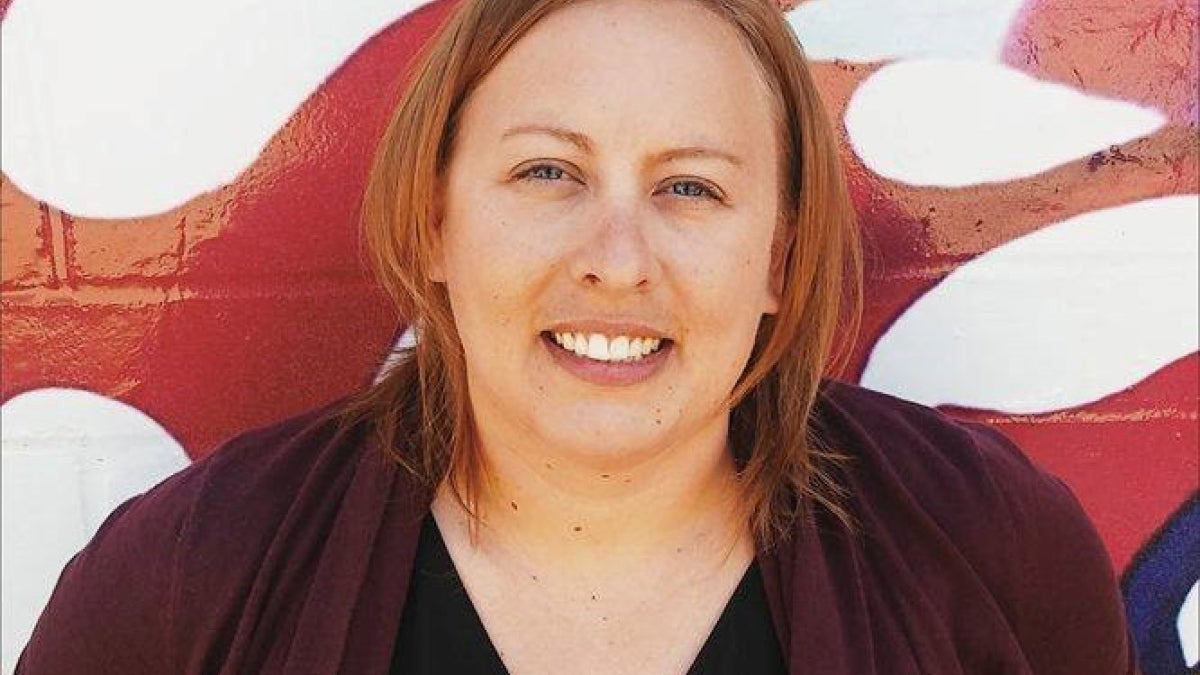Editor's note: This is part of a series of profiles for spring 2016 commencement. See the rest here.
What Cari Martin likes most about her Global Technology and Development program is that it allows students to pursue many different paths.
“You really have a lot of freedom to explore topics based on your interest and ways to apply them to real-world problems," she said. "You can also hone in on specific issues local to single communities.”
Martin, who is receiving her master's degree from Arizona State University's School for the Future of Innovation in Society, already knew what specific issues she wanted to hone in on.
“One of the things I wanted to look at was private-public academic collaboration to increase access to secondary education and STEM [science, technology, engineering and mathematics] programs within developing countries. Now I’m researching Guatemala’s science and technology policies. I look at what can be done to get the best return on investment,” Martin said.
The Chandler, Arizona, native was happy to find that she didn’t need to be a scientist, herself, to succeed in her chosen field.
“I never necessarily considered myself a scientist, but I definitely consider myself a researcher. And I think this program allows us to become researchers by giving us the tools and also the freedom to branch out on our own.”
Question: What was your “aha” moment, when you realized you wanted to study the field you majored in?
Answer: I knew I wanted to attend grad school, and I was always interested in socioeconomic development, specifically in the context of developing countries. When I found this program, I saw that it merged the socio-cultural aspects of what I’d been doing in my undergrad with real-world issues like wealth disparity and access to education.
Q: What’s something you learned while at ASU — in the classroom or otherwise — that surprised you, that changed your perspective?
A: I learned a lot from the other students in the GTD program. It surprised me how we could all come from such different backgrounds, yet, when we came together we ended up having very meaningful discussions, each of us contributing based on our own perspective.
Q: Why did you choose ASU?
A: Well, I knew the position I was in was not something I wanted to do for the rest of my life, which is why I came back to school after eight years. I wanted to push myself. I chose ASU because I’m a hometown girl at heart and my dad went to ASU. But, more than that, I was so impressed by the way President Crow has emphasized innovation and breaking down interdisciplinary barriers. As long as we put our minds together, I really believe we can accomplish anything.
Q: What’s the best piece of advice you’d give to those still in school?
A: Take all the info from teachers that you can, but also from your peers, and incorporate it all into your learning process. There is a lot we can learn from each other. That’s been the biggest thing in helping me figure out my own path.
Q: What was your favorite spot on campus, whether for studying, meeting friends or just thinking about life?
A: There were some picnic tables near Hayden Hall that I always found cool and shady — nice for having lunch or a change of scenery while studying.
Q: What are your plans after graduation?
A: I want to get a job with an organization that focuses on direct impact for communities in need, specifically based in access to education and/or poverty issues. Whether that’s an NGO, a non-profit or a different type of organization is something I haven’t thought about too much yet. I am more concerned with the mission. I have found an interesting opportunity through the UN Development Programme: a one-year paid internship in Nepal, but I’m not sure if I would be happy being away for so long. For the time being, I am focusing on my internship with Maricopa County’s Environmental Services Department, which might lead to local opportunities I will be interested in.
Q: If someone gave you $40 million to solve one problem on our planet, what would you tackle?
A: Considering the fact that the problems facing our planet are almost all going to cost a lot more than $40 million to tackle, I invest in something that has compounding effects, like educating people. I’d find 1,000 promising students from developing countries and pay their tuition.
Written by Adam Gabriele
More Science and technology

Indigenous geneticists build unprecedented research community at ASU
When Krystal Tsosie (Diné) was an undergraduate at Arizona State University, there were no Indigenous faculty she could look to…

Pioneering professor of cultural evolution pens essays for leading academic journals
When Robert Boyd wrote his 1985 book “Culture and the Evolutionary Process,” cultural evolution was not considered a true…

Lucy's lasting legacy: Donald Johanson reflects on the discovery of a lifetime
Fifty years ago, in the dusty hills of Hadar, Ethiopia, a young paleoanthropologist, Donald Johanson, discovered what would…
